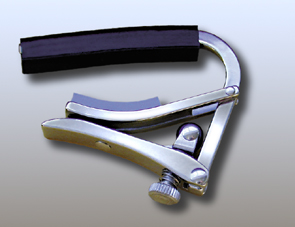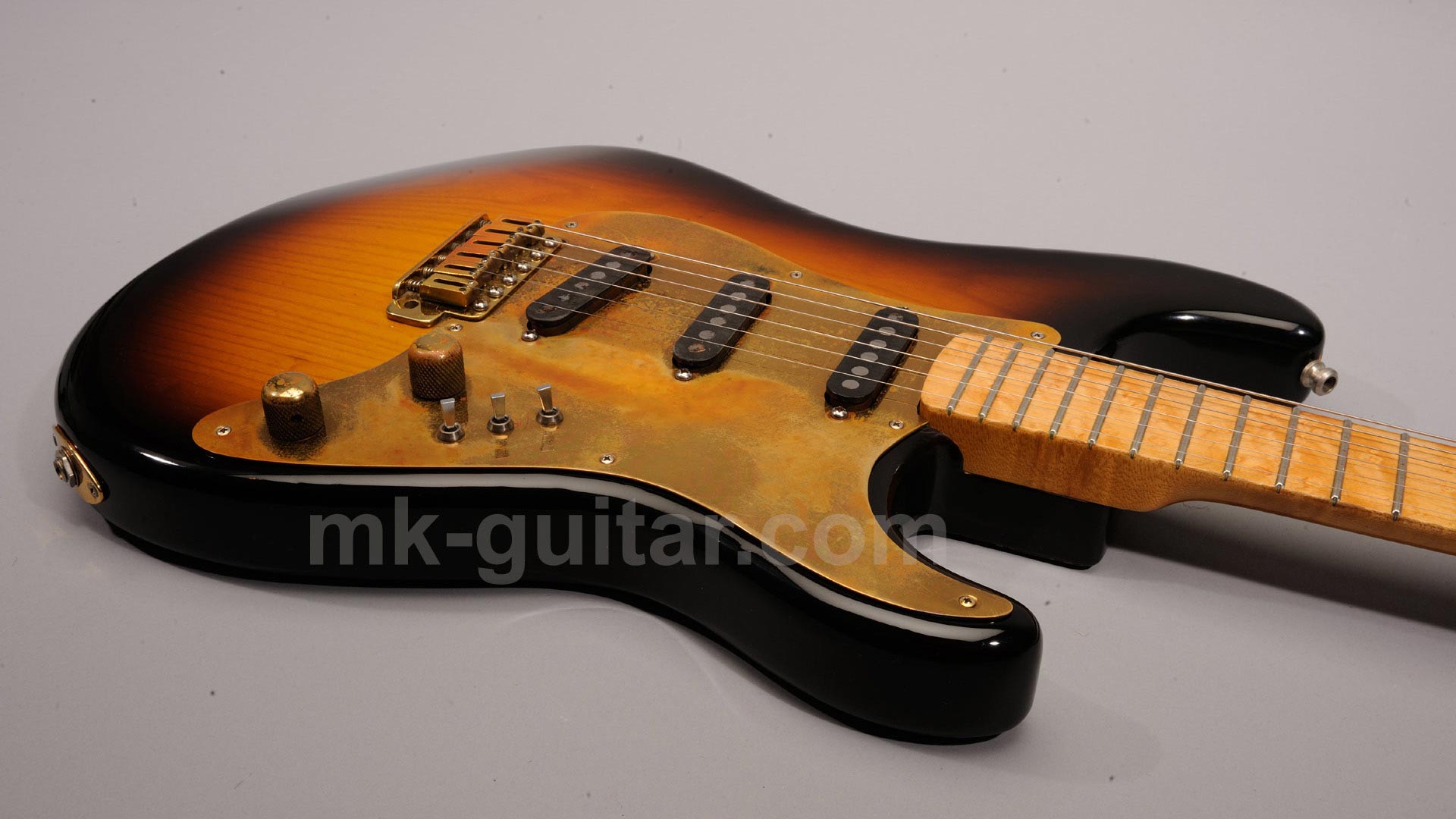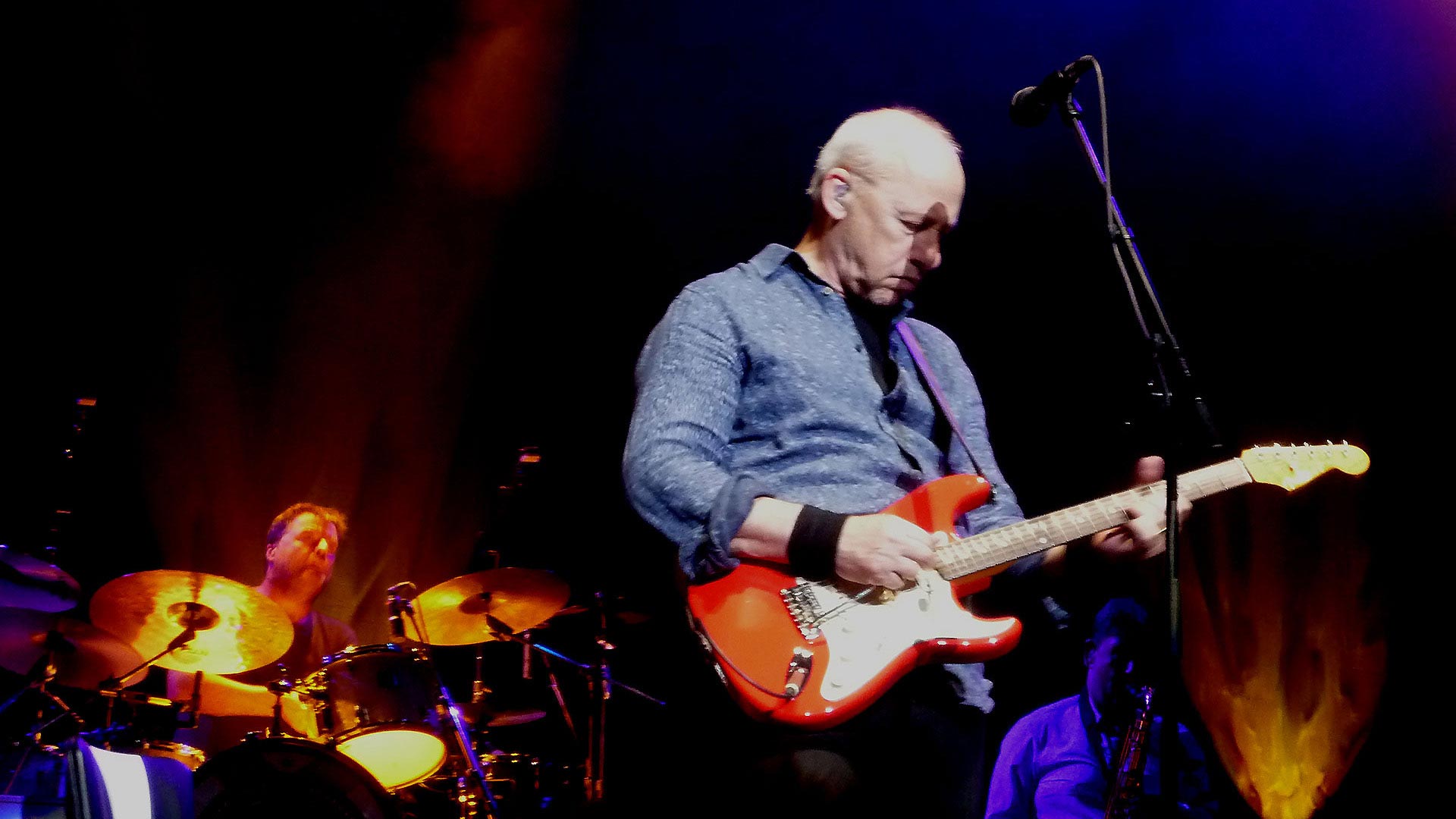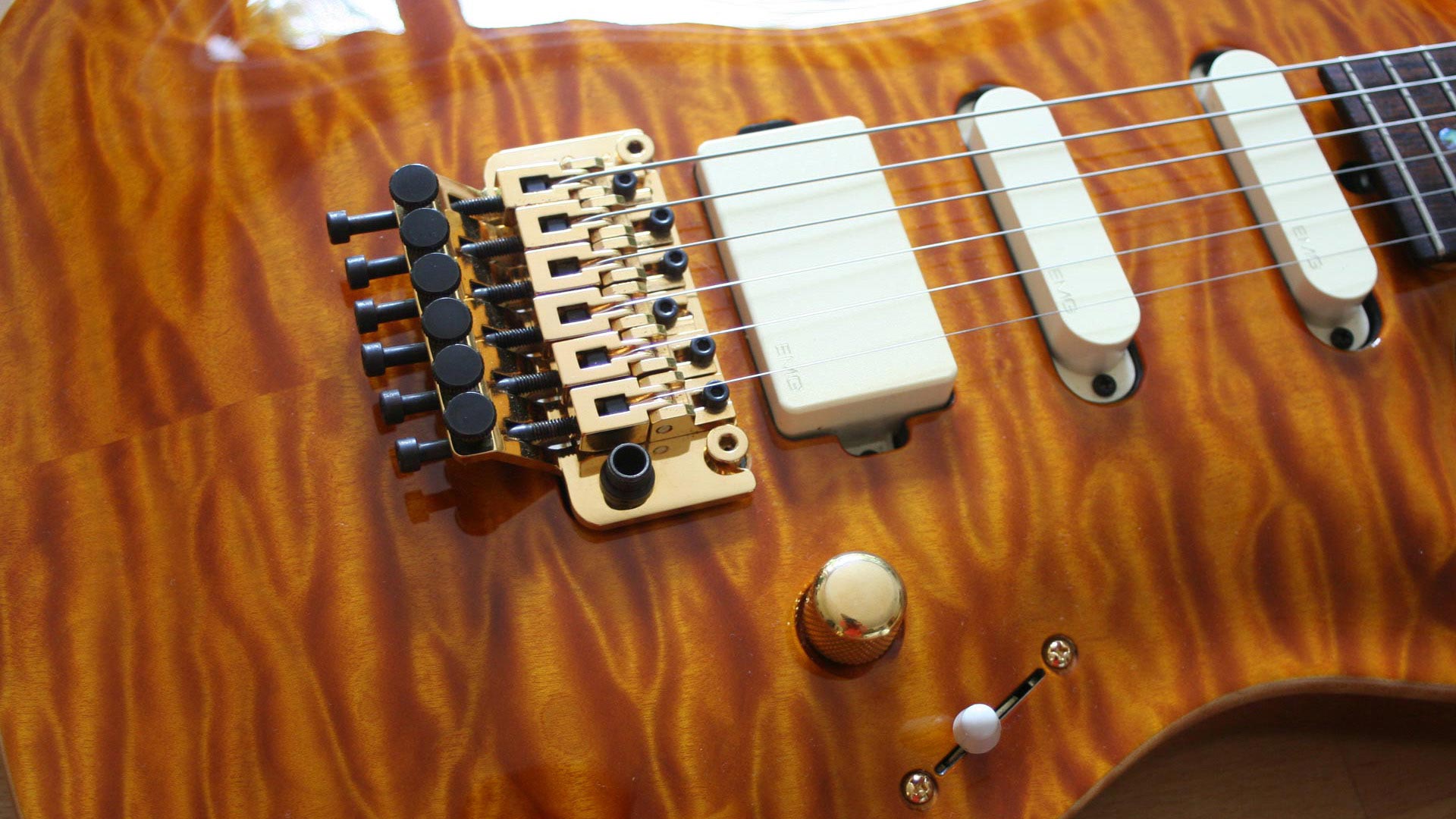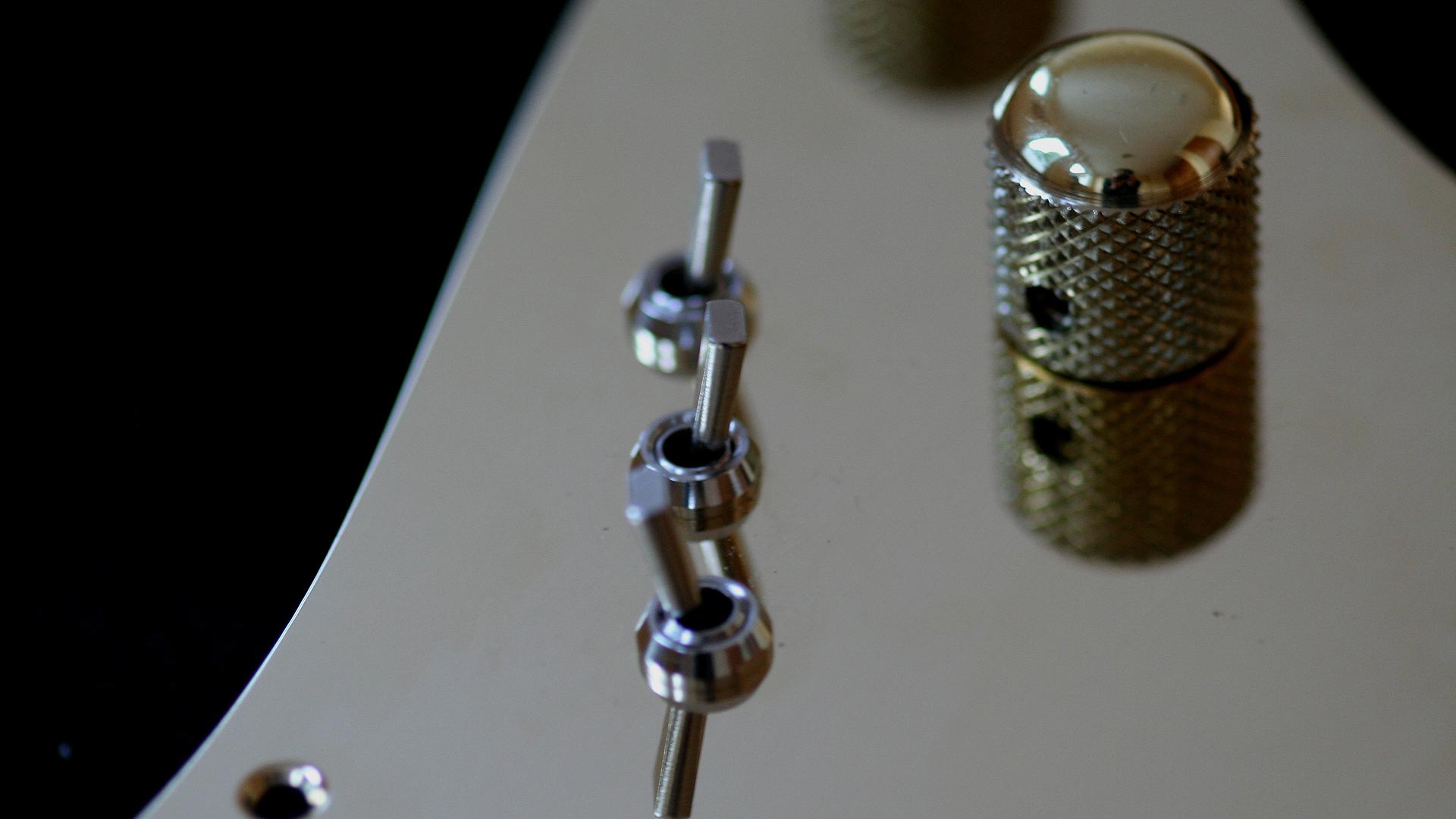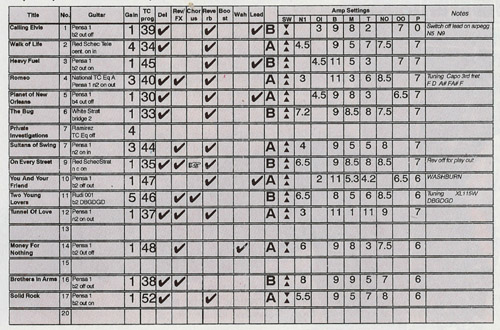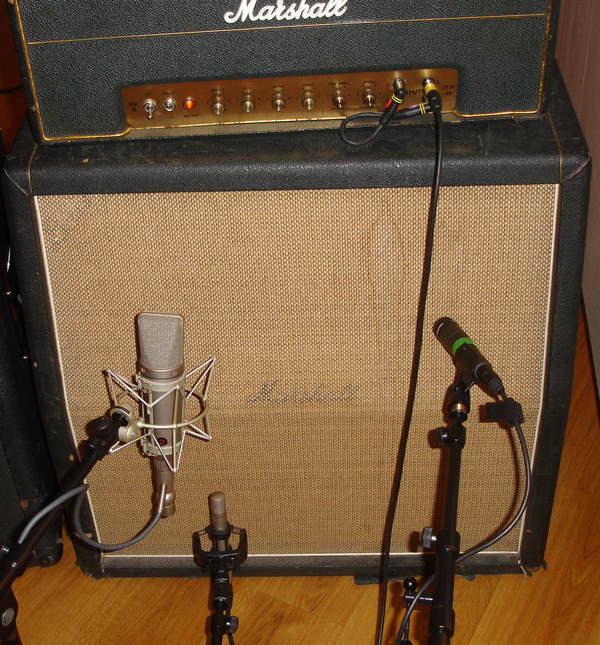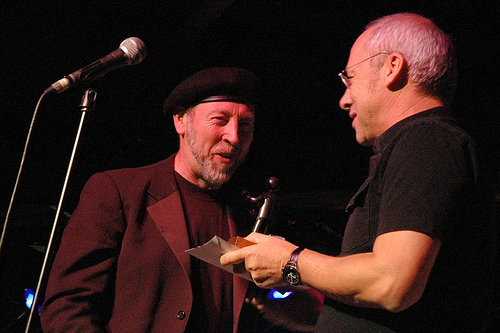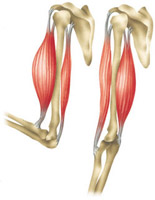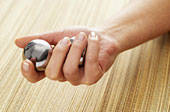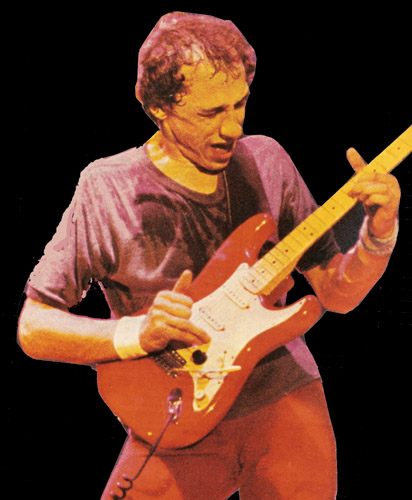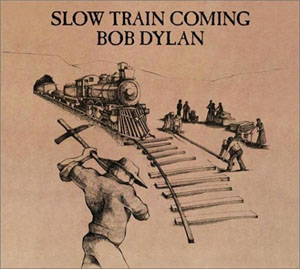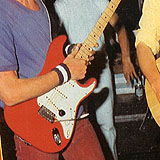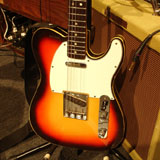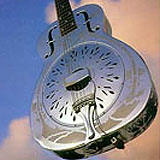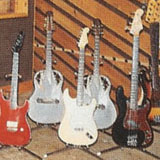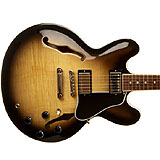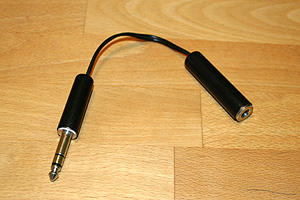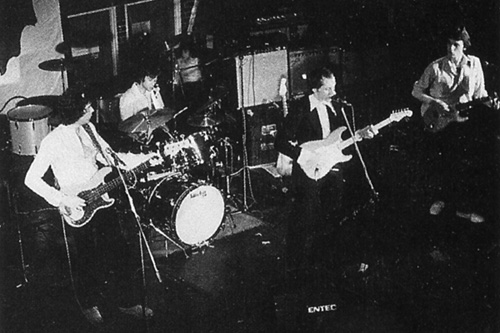Shubb capo for vintage Strats
I have been using the great Shubb capo for some years now. I love it because it is not only easy to use, but it also allows you to set the tension on the strings very precisely so that you have hardly any problems with detuning. Of course it is available for curved or flat fingerboards. However, until recently I have not been aware that there is also a special version available for vintage-style Strats or other guitars with a neck radius of 7.25″, the Shubb deluxe S4. And this version is in fact much better on a Strat. The normal version (I guess it is for about 9″ radius) has not enough tension on the outer strings, or you can set it to more tension which results in too much on the inner strings. Unfortunately Shubb capos are not cheap, but they are really worth the money.
